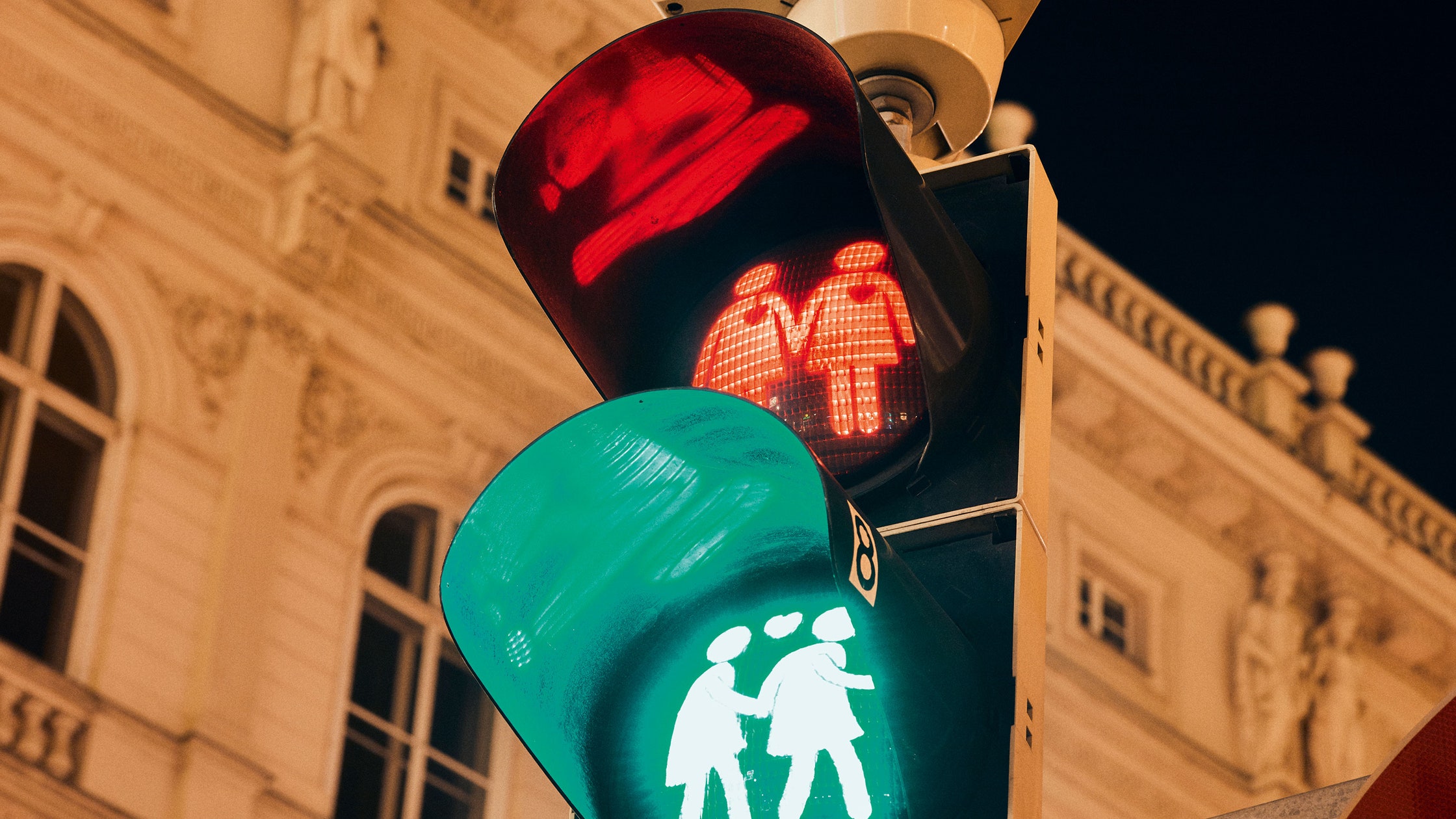Inclusive Urban Design: The Changing Landscape for Women
The great urban designers throughout history—Nash, Haussmann, Le Corbusier, and others—have shared a common characteristic: they have predominantly been male. However, this trend is finally undergoing a significant shift as cities around the world strive to create more inclusive spaces. In Vienna, for instance, the long-established Department for Gender Mainstreaming is leading the way by redesigning public spaces with a female perspective in mind.
Transforming Urban Spaces
- Wider pavements designed for prams
- Enhanced lighting in public parks
- Football pitches reimagined to encourage female participation
In the new Aspern neighborhood, all the streets and parks are named after women, featuring names like Ada Lovelace Strasse and Janis Joplin Promenade. This initiative stands out in a city where 3,750 streets are traditionally named after men.
The Rise of Women in Urban Design
Alice Cabaret, founder of the Paris-based Street Society, points out that urban design has often involved sectors like architecture and development, where men have been overrepresented. Nevertheless, things are changing. More brilliant women are stepping into pivotal roles, making a real difference in the design and planning of urban environments.
Women now hold significant positions in major cities; for example, Barcelona’s Ada Colau and Paris’s Anne Hidalgo are leading the charge. Notably, Hidalgo has faced criticism for hiring many women in the mayoral office while overseeing transformative changes. These changes include the introduction of 400 miles of cycle lanes and ambitions to create a 15-minute city, ensuring that all vital facilities are within a short walk or bike ride.
A Brighter Future for Urban Design
As cities evolve, embracing more inclusive designs, the hope is to foster environments that support all citizens, especially women. The ongoing shifts in urban planning are not just about aesthetics; they embody a broader commitment to equity and community well-being.




